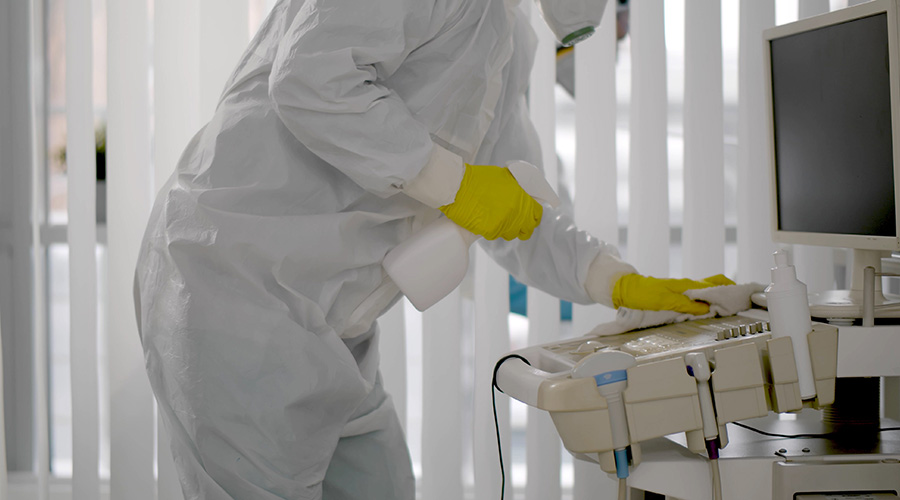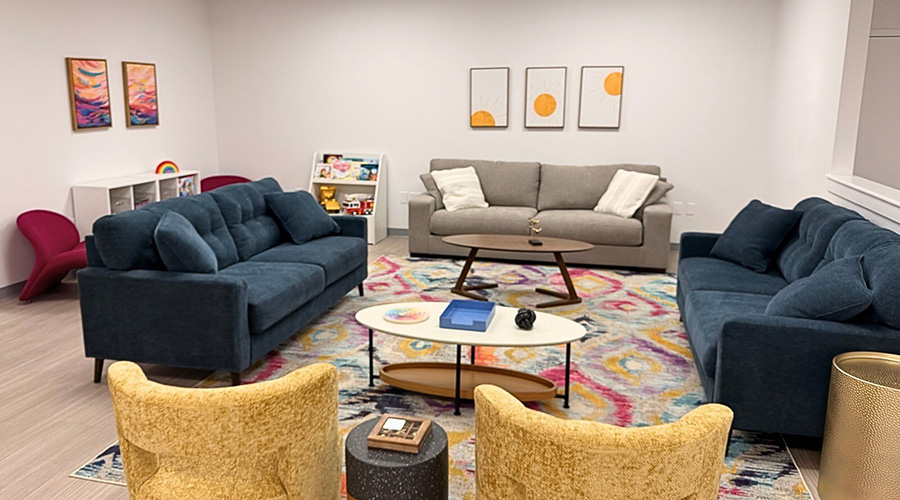Healthcare architects are being asked to create secure environments that still look homey and unthreatening, according to an article on the Modern Healthcare website.
At a UnityPoint Health facility in Rock Island, Ill., if a patient arrives for behavioral-health stabilization or assessment, a sliding metal door can be lowered to separate the patient from equipment and supplies. UnityPoint expects 20 percent of its ED patients to require a mental-health assessment.
The patient, who will always be accompanied by a staff member, can be monitored in a specially designed ED exam room equipped with surveillance cameras, the article said.
A living room-style “safe room” is a good alternative to physically or chemically restraining patients, said Dr. Manuel Hernandez.
“It allows patients to be monitored without making them feel like they're being monitored. When they're actively watched, tied down or locked in a room, it only seems to escalate these patients,” he said.

 What Every EVS Leader Needs To Know
What Every EVS Leader Needs To Know Blackbird Health Opens New Clinic in New Jersey
Blackbird Health Opens New Clinic in New Jersey St. John's Riverside Hospital Falls Victim to Data Breach
St. John's Riverside Hospital Falls Victim to Data Breach Grounding Healthcare Spaces in Hospitality Principles
Grounding Healthcare Spaces in Hospitality Principles UC Davis Health Selects Rudolph and Sletten for Central Utility Plant Expansion
UC Davis Health Selects Rudolph and Sletten for Central Utility Plant Expansion